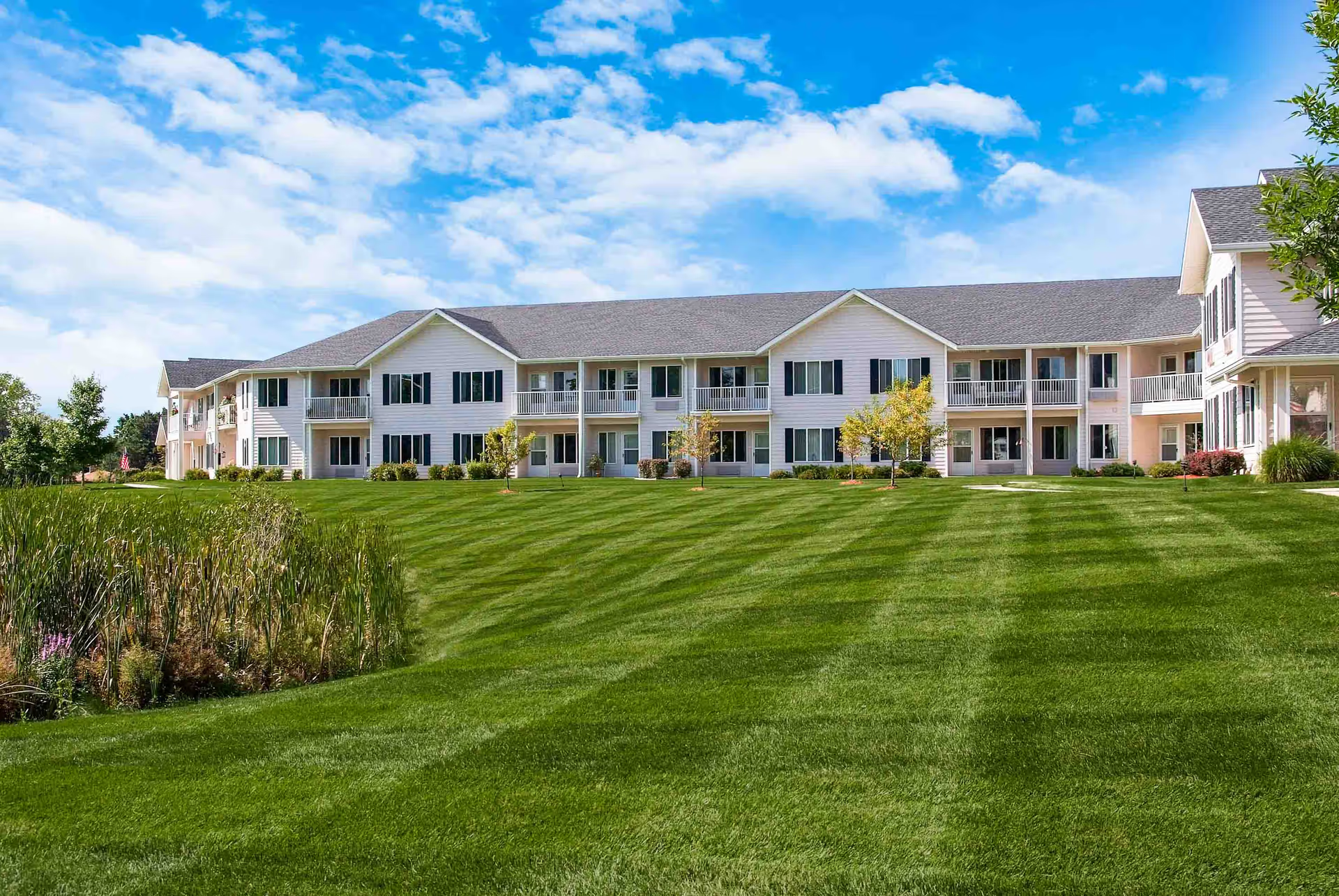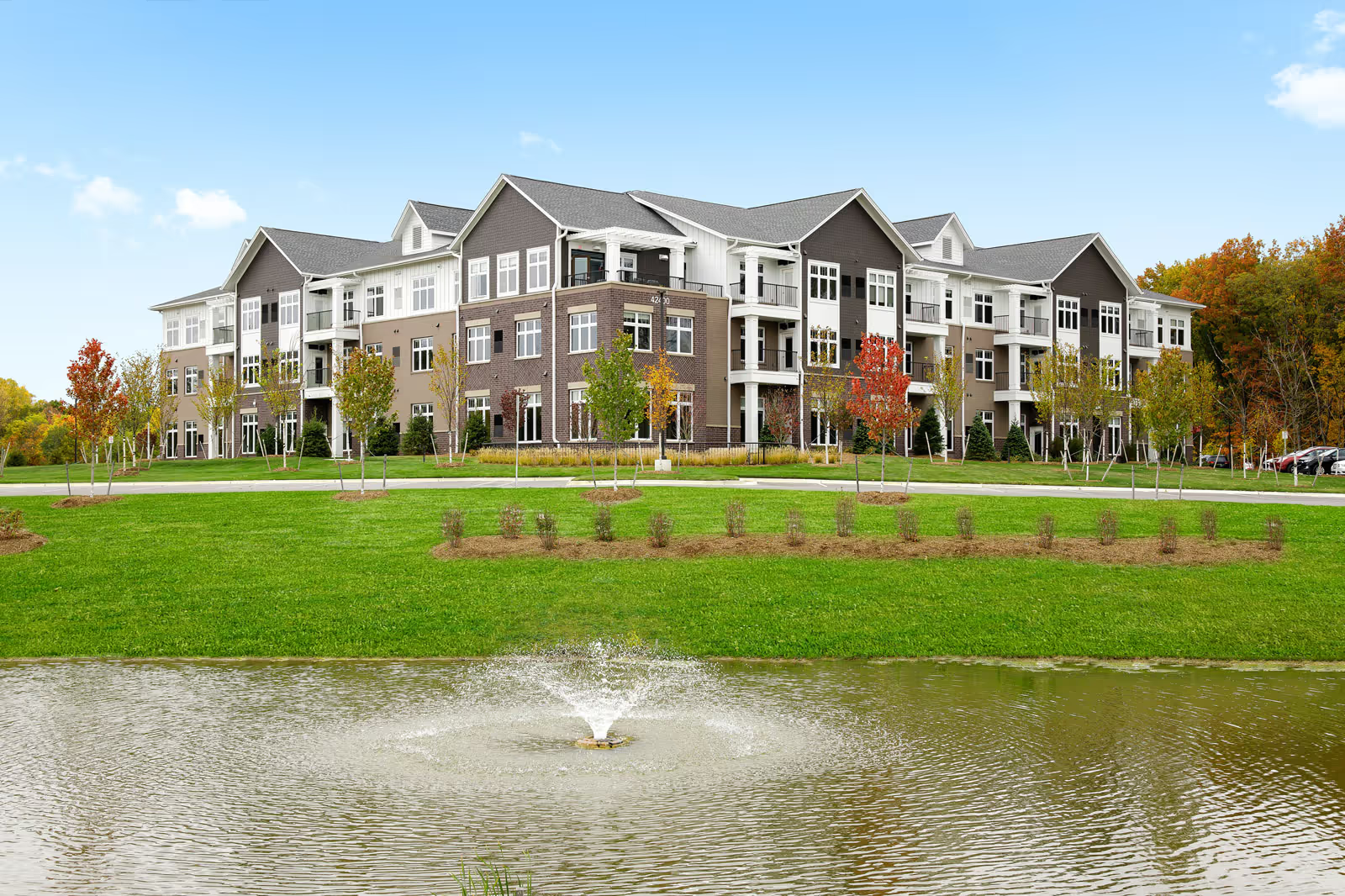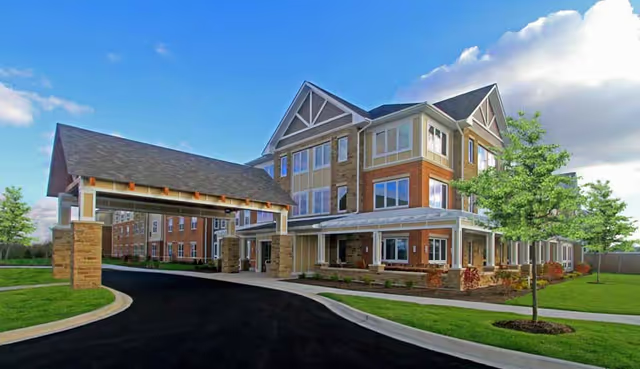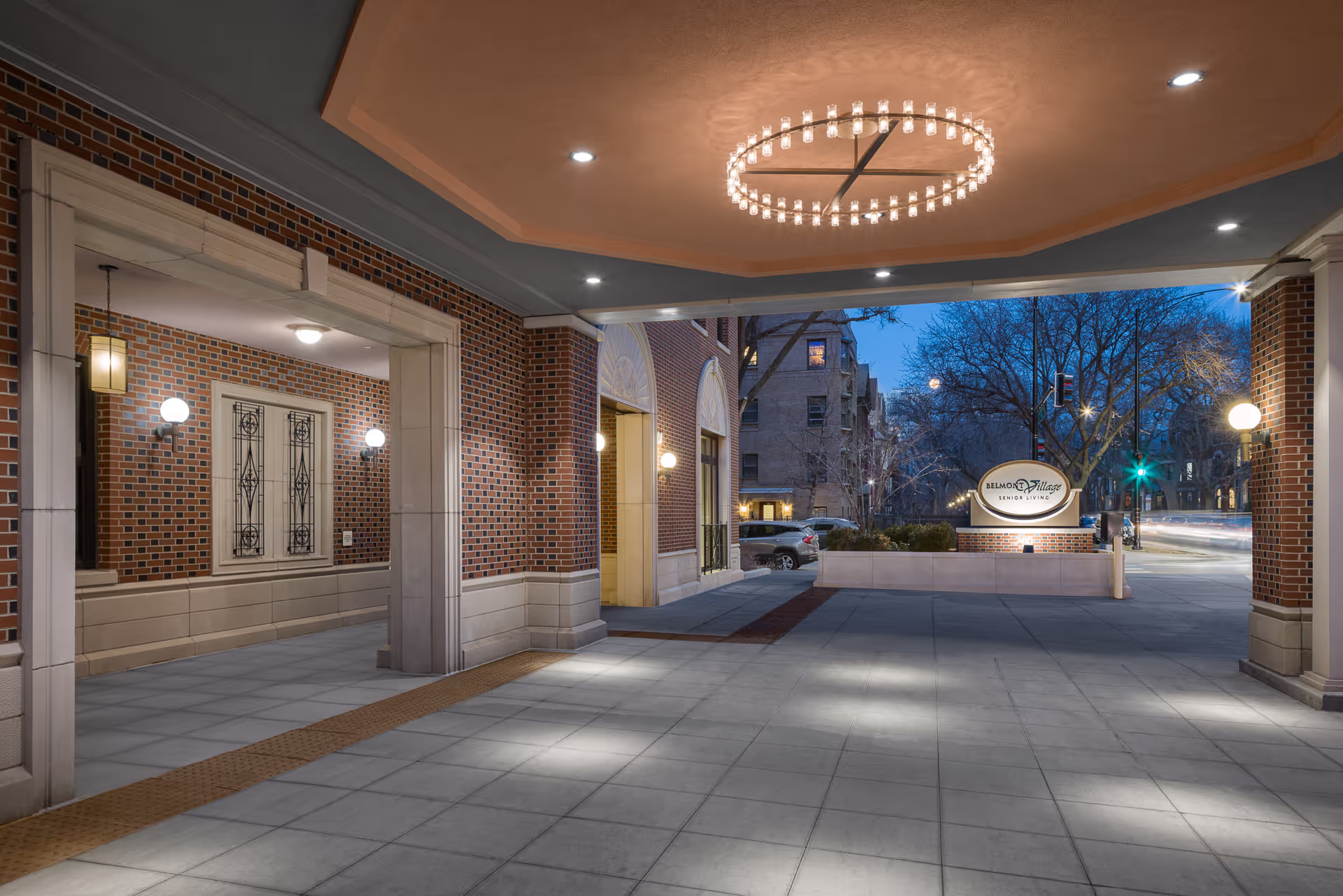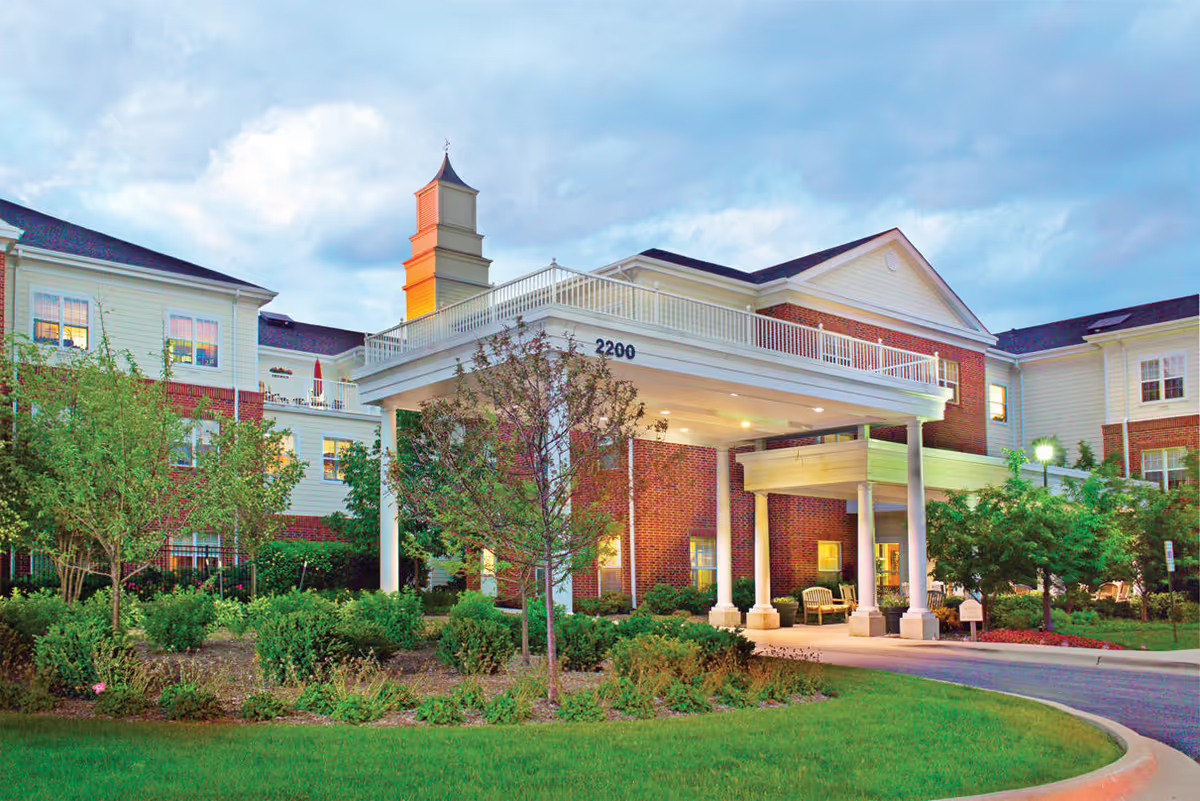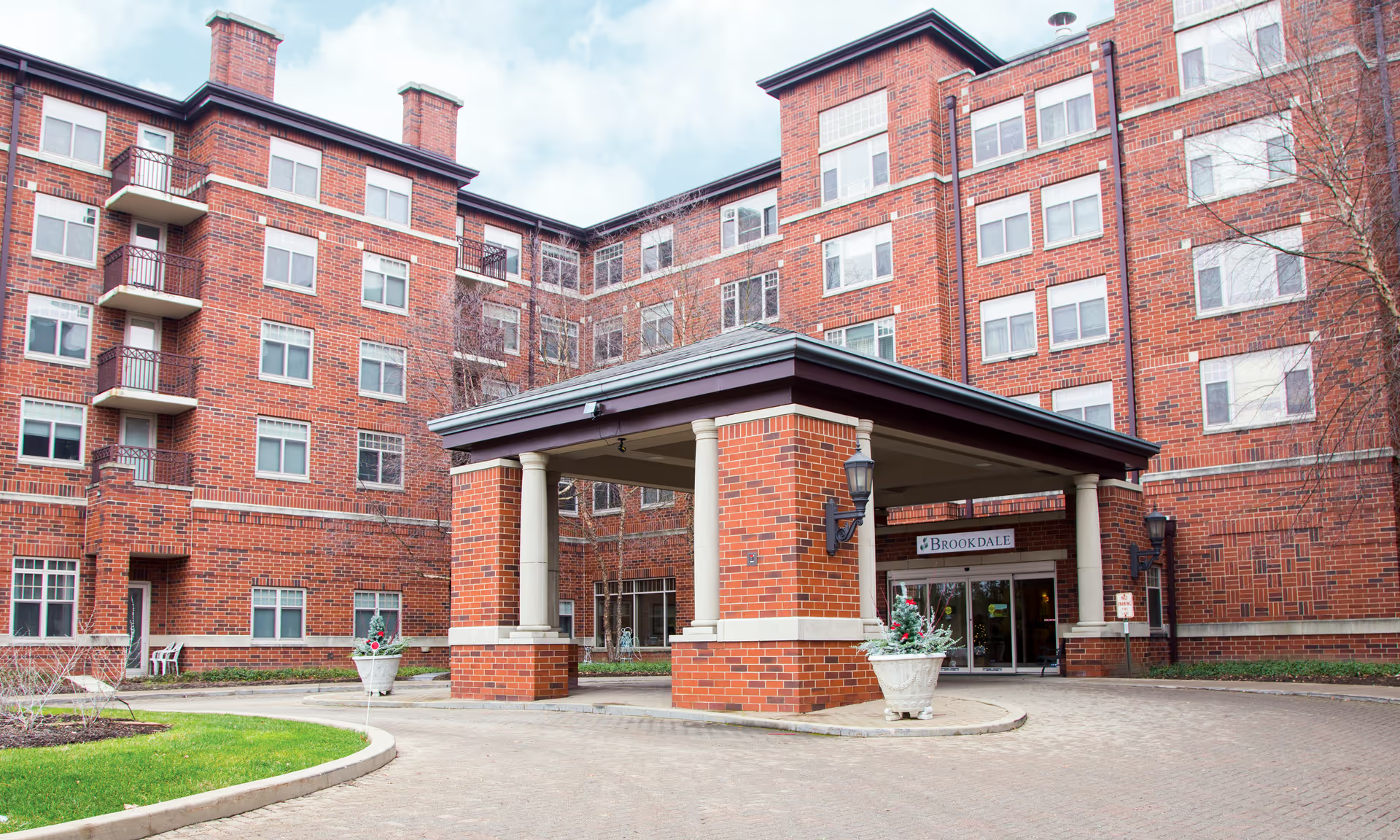Overall sentiment in the reviews for Gladwin Pines Nursing and Rehabilitation Center is highly polarized: several reviewers praise the staff, therapy services, and aspects of care, while a number of other reviews raise serious concerns about cleanliness, staffing, safety, and communication. The facility appears to offer both short- and long-term care and has a reputation among some families for strong rehabilitation and physical therapy programs. Multiple reviewers specifically call out caring behavior from clinical and non-clinical staff (from the director of nursing to kitchen personnel), noting that staff sometimes go above and beyond, that residents can be treated like family, and that social workers and visitation policies are generally accessible and supportive. Several reviewers also single out good meals, active programming (church, bingo, daily activities), large rooms with air conditioning, and an overall welcoming orientation for new residents as positive attributes.
Despite these positives, a recurring and significant theme is inconsistent housekeeping and overall facility cleanliness. Multiple reviews detail spot-cleaning rather than deep cleaning, citing grime on large common-area windows, screens full of dirt and webs, taped broken screens, mismatched blinds, and walls described as "disgusting." Some reviewers explicitly request a professional cleaning company and longer, more thorough cleaning cycles. Notably, a subset of reviews directly contradict other accounts by calling the facility "very clean" and "well maintained," which suggests variability by unit, wing, or time period.
Staffing and care reliability are another major area of divergence. Several reviews describe attentive, timely, and respectful nursing and aide staff; conversely, other reviewers report understaffing, overworked employees, slow or non-responsive call light response times, long waits for bathroom assistance, and care that occurs only "when staff have time." More troubling accounts allege neglect and severe safety failures, including a ventilator patient left unattended for months and a medical emergency involving low blood sugar where family members were not informed and the resident required hospital transfer. These kinds of reports raise significant safety and communication red flags and contrast sharply with reviews praising the nursing care and rehabilitation quality.
Management, communication, and atmosphere receive mixed feedback as well. Some reviewers appreciate open-door family policies and available social workers, while others describe a lack of front-desk warmth, rude discharge planners, and poor communication around medical events. Multiple reviewers say the dining area feels cafeteria-like and the building lacks a home-like ambience; there are recommendations that redecorating and a professional cleaning focus could improve comfort and perception. Additionally, practical amenities are noted as missing in some reviews — for example, no beauty salon within the building and no large dedicated activity room — and there are concerns about memory care being mixed with the general population and instances of overcrowded rooms.
In sum, Gladwin Pines appears to offer legitimately strong rehabilitation services and has many staff members who are compassionate and engaged, but there are persistent and serious concerns about cleanliness, staffing levels, response times, safety incidents, and inconsistent management/communication. The net picture is one of variability: positive experiences seem tied to specific units, shifts, or staff, while negative experiences point to systemic issues that carry potential risk to resident well-being. For prospective residents and families this means: (1) visit multiple times and at different hours to observe cleanliness and staffing, (2) ask about staffing ratios and call light response times, (3) request recent inspection reports and any corrective action plans related to sanitation or safety incidents, (4) clarify how memory care is separated from general care, and (5) inquire specifically about emergency communication protocols with families. These steps can help determine whether the specific unit or timeframe under consideration aligns with the positive reports of caring staff and strong therapy, or with the concerning reports of neglect and insufficient housekeeping.
